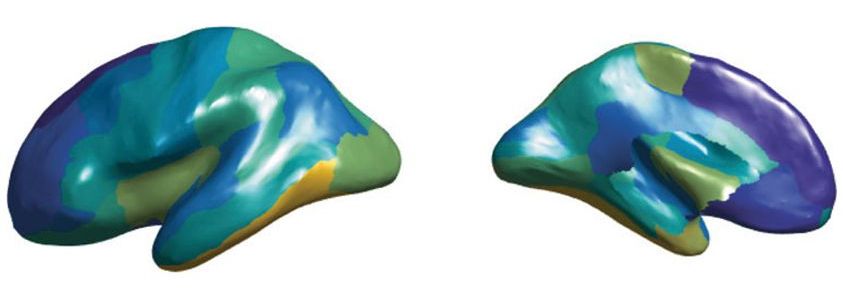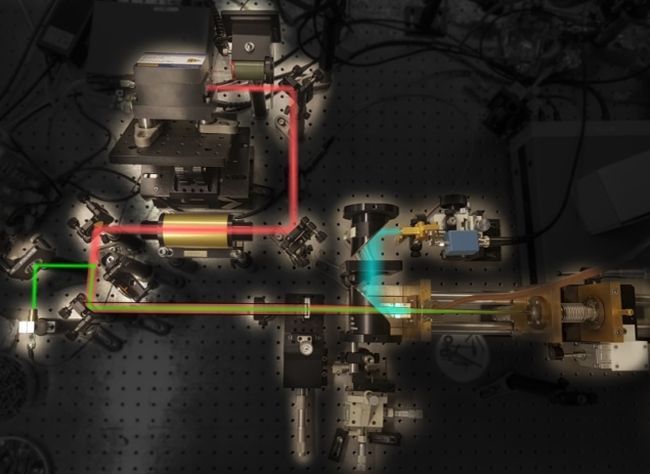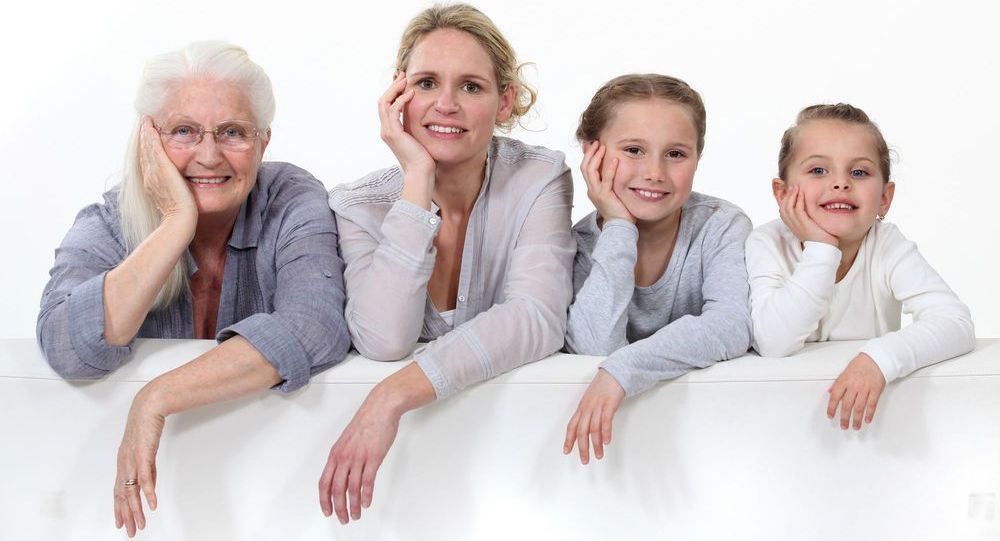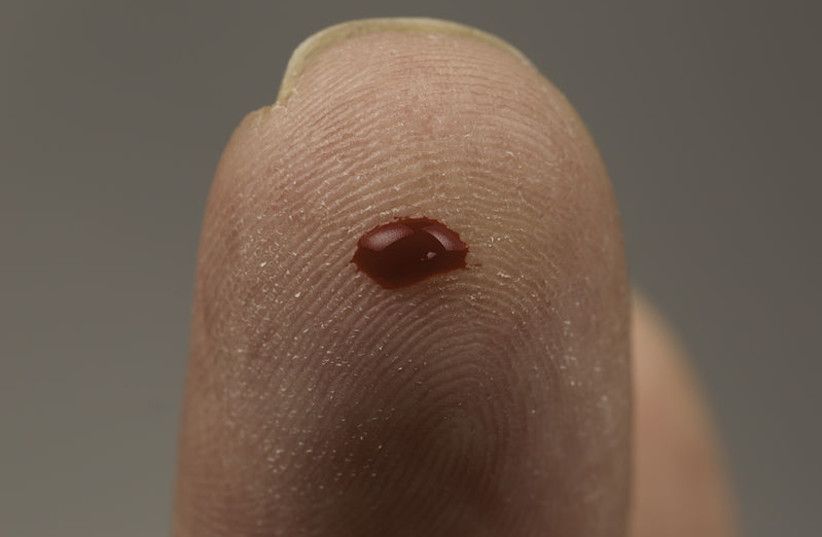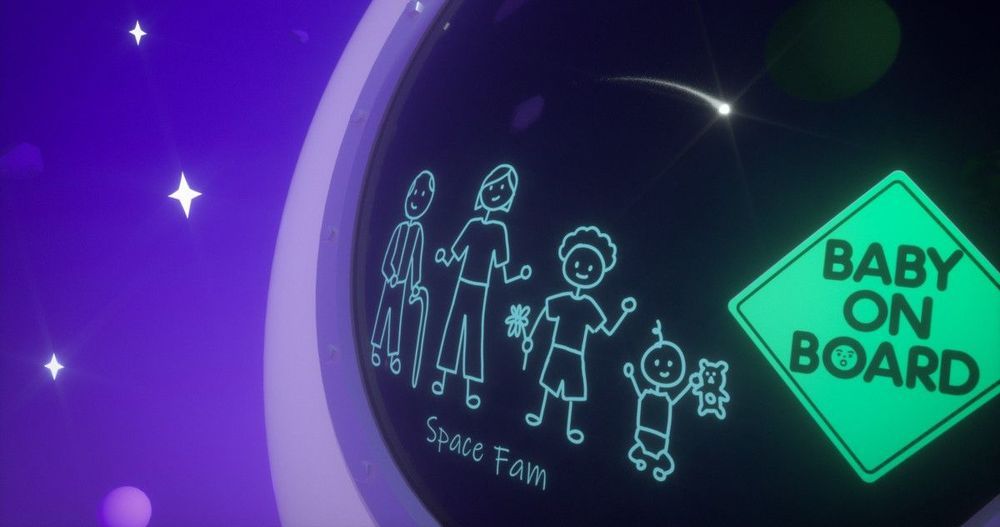The hemispheres in autistic people’s brains are more symmetrical than those of their typical peers, according to the largest imaging study to explore this relationship1. It is unclear what this difference means, however.
Typical people’s brains show a slight asymmetry between the left and right hemispheres, especially in regions associated with language. These differences are less pronounced in autistic people, the new study found.
The unusual symmetry seems to affect nine regions, mostly in the cerebral cortex. The results suggest that altered development of the brain’s left and right hemispheres contributes to autism.
